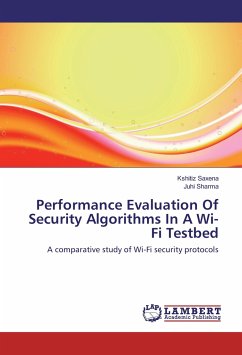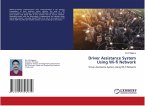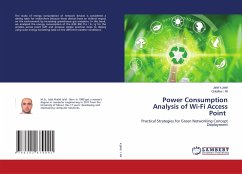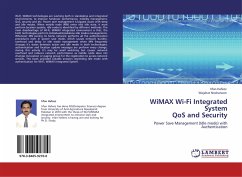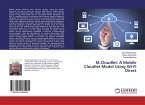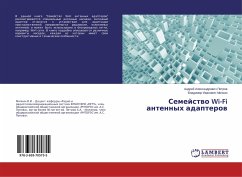In recent years, there has been a prolific increase in network-enabled mobile devices. In parallel, there has been an increase in infrastructure support for mobile deployments. However, mobile access to nowhere close to and prone to frequent disturbances. For example, 2G/3G users in big cities experience recurrent disturbances even though cellular network is assumed to offer ever-present coverage. Here is an architecture that overcome interruptions and enable applications in diverse mobile networks. Mobile users operate in varied environments, starting from mostly linked cellular networks. Linked cellular networks are prone to recurrent interruptions owing to mobility, coverage holes, poor channel circumstances, and other factors. Designing architecture to bear such interruptions is demanding because of the great ambiguity in mobile wireless environments. The solution near by used to bear interruptions is opportunistic resource usage. Opportunistic devices use resources as they become obtainable and are therefore of course elastic to ambiguity.



